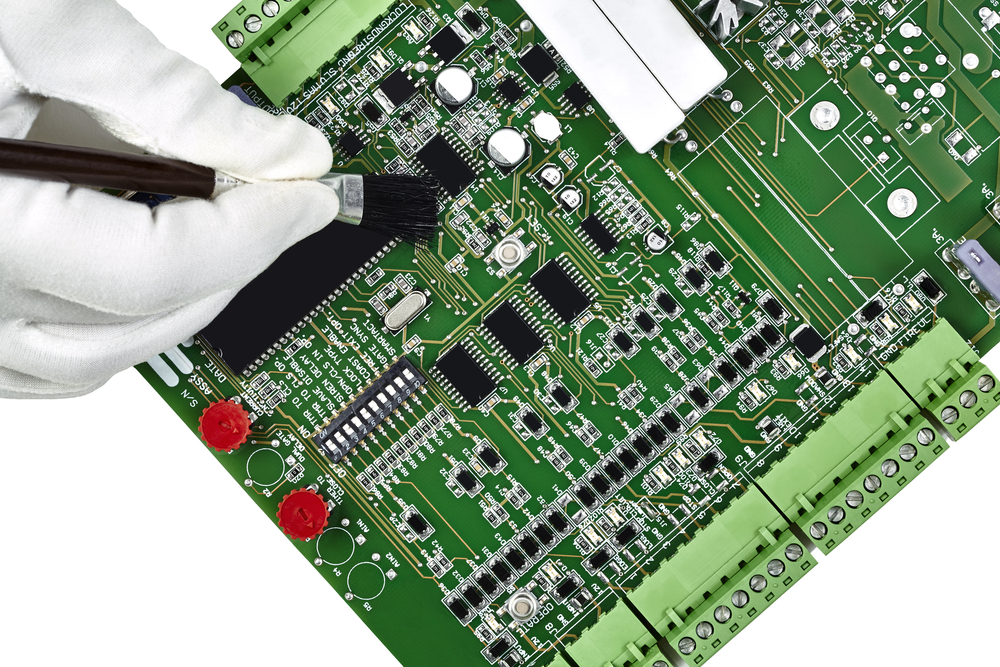Printed Circuit Boards have quickly grown into a staple component in a lot of electronics today. Their manufacturing and composition make them the best choice for a circuit board in most devices, however, it does not necessarily apply to all devices. For those who are searching for the best and reliable computer circuit board, here are some of the advantages and disadvantages of choosing printed circuit boards, or PCB’s.
ADVANTAGES
Pro: Fixed Parts
A printed circuit board has the advantage of having a distinct location set aside for each part within the circuit. In other words, no complicated wires are cluttering the board, and this simplifies the whole of the circuit.
Pro: Inexpensive to Produce on a Large Scale
If you are in desperate need of circuits, then the PCBs may be a great deal for you. It has a style that is easy to produce in bulk on a wide scale, plus it is also incredibly inexpensive as well. This means you will be saving time and production costs overall to make them.
Pro: No Need to Worry Over Short Circuits
The material used in a printed circuit board makes short-circuiting of the entire device impossible. In other words, whenever one part stops working, as long as you’re replacing it with the same part, you can easily insert a replacement into it and let it keep on working without even worrying over all the other parts being affected by the damaged as well. That is an advantage that is worth taking.
DISADVANTAGES
Con: Damage Is Difficult to Repair
The word difficult may be an understatement. PCBs are almost impossible to repair when they are damaged, this is because it is a single plate upon which all the parts are attached. Although ordinary circuits are easily clotted, their parts are also much easier to replace. In using a PCB, if you need a repair, it’s more likely that you will end up replacing it instead.
Con: You Can’t Update It
Once a PCB has been stamped out, it cannot be changed or modified later on to accommodate a much-needed update. And this is regardless if you’re changing it with a new part or trying to incorporate the latest technology. The major downside of a PCB, therefore, is that it is what it is, so you will have to replace it entirely every time you attempt to update to the latest technology.
Printed circuit boards are really good tools for electronic, but the reality is they are not for every situation or every type of device. However, there is a reason that they’ve grown into increasing popularity over the years, and are now such an integral part of our modern technology. So if you are looking to decide on the right computer circuit board for you and your business, keep these pros and cons and make the best choice that properly suits your needs.



Leave a Reply